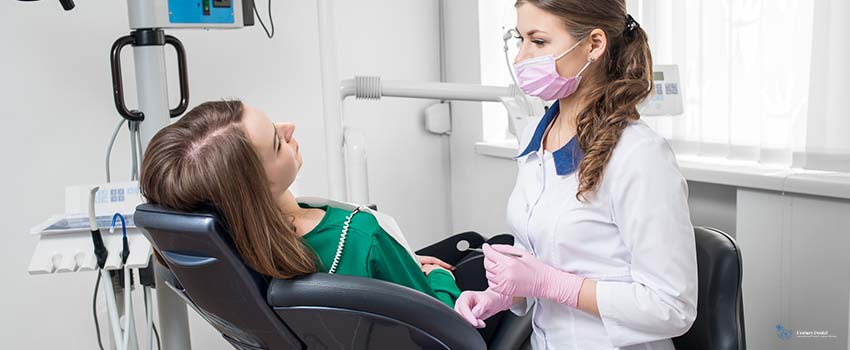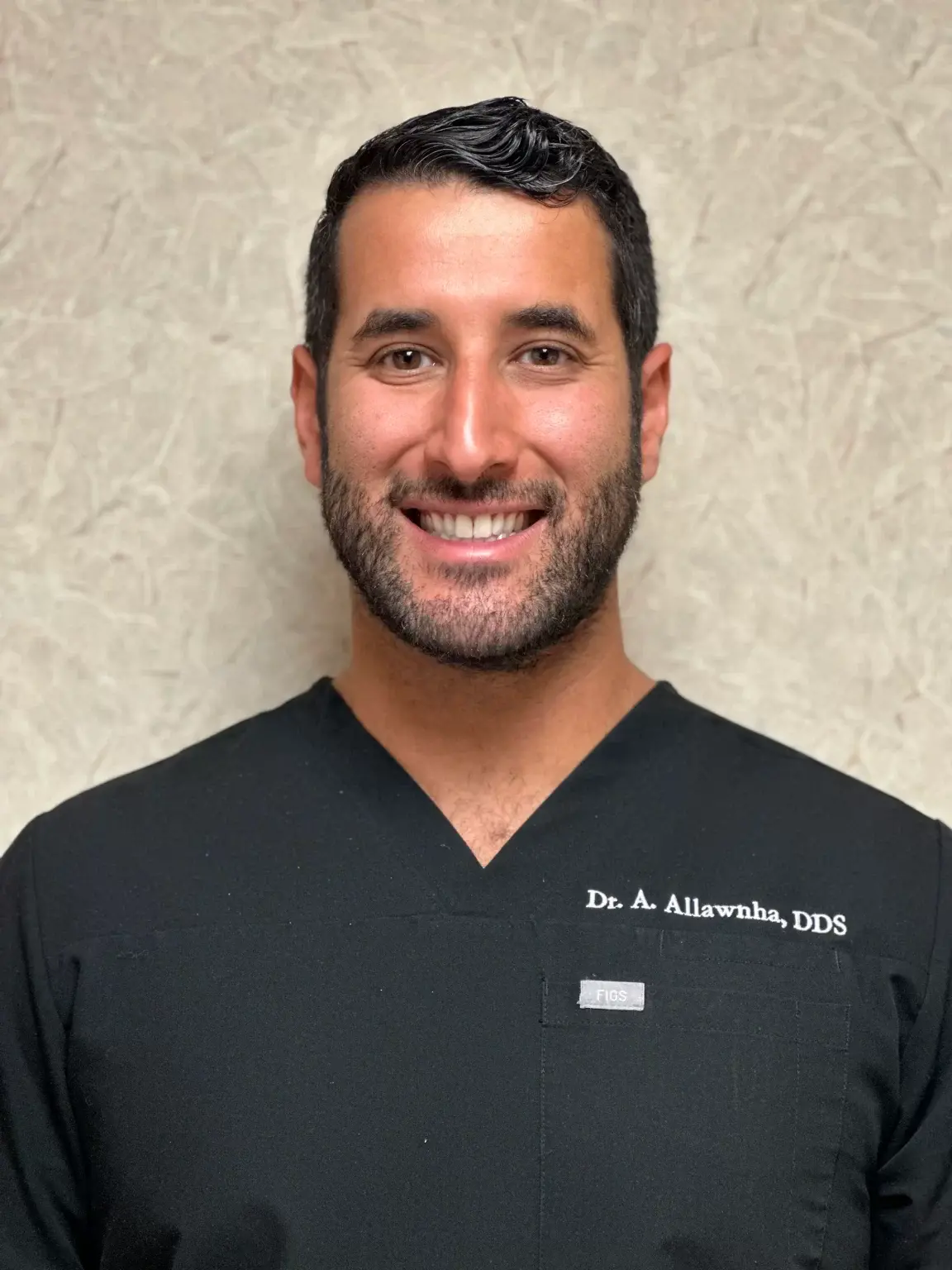Oral X-rays are images of your teeth taken by your dentist to assess your oral health.
They allow dentists to see the condition of your teeth and the surrounding tissues and check for diseases. They also help dentists identify and treat any problems that may arise early on—saving you money, time, and possibly even your life.
Dental X-rays use low radiation levels to take images of the inside of your gums and teeth, which will help your dentist identify potential problems such as tooth decay, impacted teeth, and cavities.
With such importance, the Food and Drug Administration’s clearance for an AI-powered X-ray platform is a game-changer. Learn more about this technology development with Century Dental.
Risks of Dental X-Rays
While X-rays involve radiation, their radiation level is so low that it’s safe for children and adults. Still, dentists take precautions when taking X-rays of your teeth. They place a lead “bib” over your abdomen, pelvic area, and chest to protect vital organs from unnecessary radiation. Dentists also use these bibs on children and women of childbearing age. They also use a thyroid collar for patients with thyroid conditions. Some use digital dental X-ray software instead of X-ray film to further reduce radiation exposure.
2 Main Types of X-Rays
Dentists often require X-rays of their patients teeth before they give them dental clearance for a surgery. There are two types of dental X-rays. Intraoral X-rays are taken with the X-ray film inside the mouth, while dentists take extraoral X-rays with the film outside the mouth.
1. Extraoral
Although these X-rays can show teeth, their primary focus is on the skull and jaw. Dentists use them to detect impacted teeth and monitor jaw development relative to their patient’s teeth. They also use them to identify problems with the jaws, the temporomandibular joints, and other facial bones.
Dentists cannot use extraoral X-rays to detect cavities or identify problems with individual teeth because they are not as detailed as intraoral X-rays.
Some types of extraoral X-rays include:
Panoramic X-rays
Panoramic radiographs are a single X-ray that shows the entire mouth area, including all teeth in the upper and lower jaws. Like other dental X-rays, it can detect fully and partially emerged teeth. It can also identify impacted teeth and help diagnose tumors.
Computed Tomography
CT scanning (also known as computed tomography) shows the body’s interior structure in a three-dimensional view. Medical professionals use them to detect problems in the bones, such as cancers or fractures. CT scans are often taken in hospitals, radiology centers, or dental offices.
Cephalometric Projections
Cephalometric projections show all sides of an individual’s head. Dentists use them to examine the individual’s teeth concerning their profile and jaw. Orthodontists use this type of X-ray to create their treatment plans.
2. Intraoral
These are the most popular type of dental radiographs. These dental X-rays give your dentist a lot more detail, which allows them to check for decay, the health of your teeth, the roots and bones surrounding the teeth, the condition of developing teeth, and monitor overall dental health.
Some types of intraoral X-rays include:
Occlusal X-rays
Occlusal dental X-rays are large, allowing them to reveal tooth placement and full development. Each X-ray shows the complete arch of teeth in the upper and lower jaws.
Bitewing X-rays
This type of X-ray provides details about the lower and upper teeth within one part of your mouth. Each bitewing shows the tooth from the level of the supporting bone to the crown, allowing dentists to detect decay and bone loss caused by gum diseases.
Periapical X-rays
Periapical X-rays show all of the teeth, from the crown down to where they are anchored in your jaw. Dentists use them to detect abnormalities in the root or surrounding bone structures.
Your primary care physician may ask you to undergo any of these X-rays for a dental clearance before you undergo other medical procedures.
How to Read Dental X-Rays
The principle behind a dental X-ray is that more mineralized tissues block more radiation. Hard tissues, such as enamel and dentin, appear lighter. On the other hand, the non-mineralized tooth pulp and spaces between teeth appear dark.
A simple way to understand it is that the harder something is, the lighter it will look on the X-ray. Likewise, the softer something is, the darker it will appear.
Dental X-Ray Software: AI-Powered X-Ray Platform
Pearl Dental, a leader in AI solutions, has announced that the United States Food and Drug Administration approved its Second Opinion. This AI-powered real-time pathology detection system can help dentists accurately identify various dental conditions in X-rays.
The announcement of Pearl Dental marks a significant step forward in technology-assisted dentistry care. Second Opinion is now the first AI-driven solution to detect multiple conditions in dental radiographs.
Pearl Dental: Second Opinion’s Journey to FDA Clearance
Pearl collected over 100 million x-rays from academic institutions and dental practices to create Second Opinion. The AI platform identifies discrepancies in dental X-rays and serves as a communication tool for patients. It allows dentists to show different models of patients’ teeth and highlight problem areas.
The FDA has granted clearance, despite ongoing doubts from the medical community regarding the effectiveness of AI applications. In 2020, the American College of Radiology presented to the FDA that 95% of physicians believed AI was inaccurate or too inconsistent for medical practices.
The Second Opinion went through a lengthy process to obtain an FDA clearance. It tested every possible use case, such as identifying plaque, bone lesions, tooth decay, and a few other issues in otherwise healthy mouths and teeth.
Obtaining an FDA clearance is entirely different from getting an FDA approval. While the first indicates that a product works as well as other products already on the market, FDA approval is for newer or more risky products, which allows them to show its benefits outweigh any potential drawbacks.
Ophir Tanz, Pearl’s founder and CEO, stated that the FDA only sought clearance for Second Opinion and did not require nor request approval for the product to be allowed to be sold in the U.S.
The Power of Technology: An Industry Game-Changer
While some critics assert that AI doesn’t pick up specific nuances like a human dentist, Pearl claims that such critics often overlook human error. The startup, through the non-profit Dental AI Council, commissioned a study. It found that roughly half of the 136 dentists presented with dental X-rays to review found a cavity. The other half did not.
They are the only ones to add US FDA clearance to the UAE Ministry of Health and Prevention, European CE, Australian TGA, New Zealand MEDSAFE, and Canadian MDEL clearances. Second Opinion is now available to dentists across Australia, North America, Europe, and other parts of the globe.
Century Dental Has Your Dental Needs Covered
Choose us if you’re looking for a dentist in Treasure Island, FL.
Our dental professionals will assess whether you need dental X-rays. We also provide a wide range of dental services to ensure your mouth and teeth are in excellent condition. Century Dental provides the following:
- Teeth Whitening
- General Dentistry Services
- Implant Dentistry Services
- Oral Cancer Screening
- Philips Zoom
- Invisalign
Keep your smile beautiful and teeth healthy with us.





